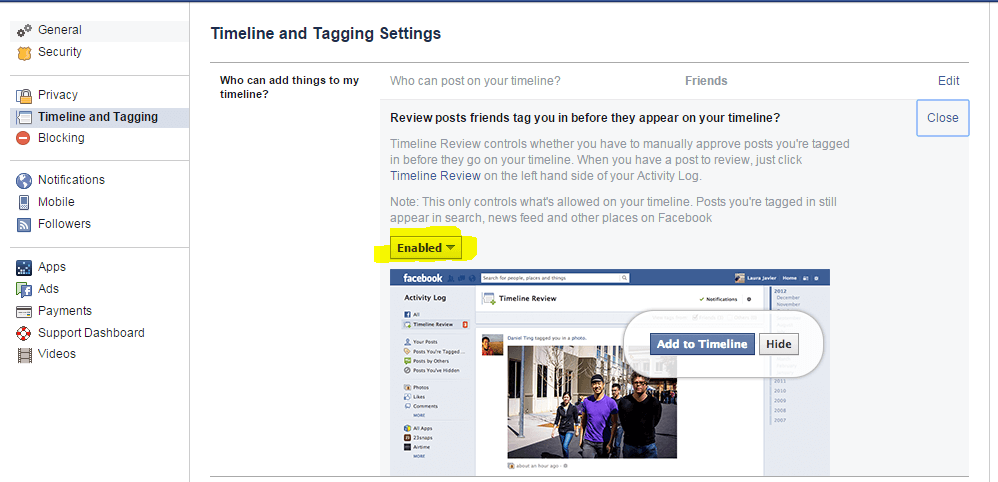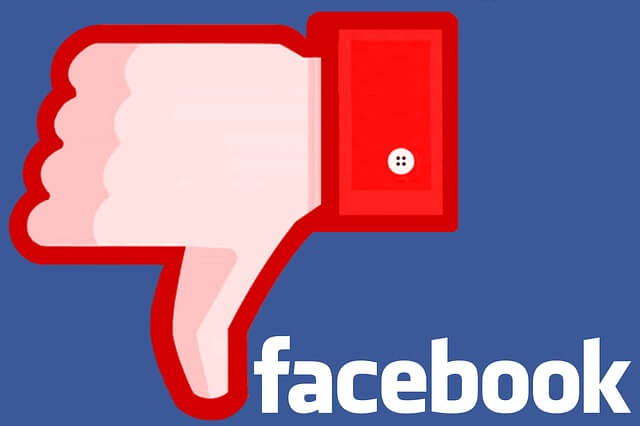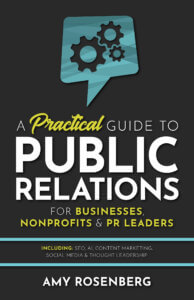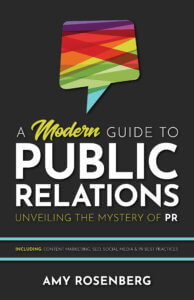Reposted February 22, 2018, with updated Facebook security recomendations from PixelPrivacy below
Sometimes a little training is needed even for what seem to be the simplest tasks. A Facebook post for example. Here are some tips (mostly in regards to Facebook) to help you avoid making mistakes in the social media space.
Pause…
Like most things in life, if we take a step back and evaluate the situation, we are likely better able to determine our goals and dictate the outcomes we desire. So, before you hit “update status” in your Facebook feed, ask yourself:
“Will I possibly regret sharing this?”
If the answer is “no,” go ahead and post. If the answer is “yes” or “maybe,” take a breath, pause and think about some of the do’s and don’ts below.
Think about your audience.
Understanding your purpose for each channel will help you determine who you are going to be “friends” with and what type of content is appropriate to post. You should ask yourself:
“What am I using each channel for?”
Personally, I tend to use Facebook for communicating with friends and family, but I also run a marketing agency, so I end up posting a fair amount about marketing and a nonprofit digital marketing organization I volunteer with.
Remember LinkedIn is for business. You can pretty easily grow that connection list, but you have to decide what your purpose is for inviting or accepting all those connections. I am certainly much more lenient on LinkedIn to accept (and offer) connection requests, compared to Facebook. But, I have to at least have met (virtually is fine) the person or have a lot in common with them, (connections, geography, groups) to lead me to believe a mutually beneficial relationship would warrant a connection with them.
Once you have decided that, here are a few quick tips on what you should and shouldn’t do.
The Do’s:
Do be social. It’s called social media for a reason. Engage, ask questions, share the things you see and like. Feel free to let your personality and opinions shine through your posts.
Do provide commentary. It is ok to simply share a link or someone else’s post, but it is better to tell your friends and followers WHY you are sharing it.
Do give credit. Tag people assuming it is appropriate (see Don’t post pictures without permission below) and company pages when sharing or posting content created by others. This is especially true for business pages.
Do read or watch what you share. Don’t share an article simply based on the title nor a video based on the first 15 seconds. You may not want to endorse a video that started out really funny and then took a turn for the worst at the 1:10 mark.
The Don’ts
 Don’t post after midnight. I’m sure you’ve heard the saying nothing good ever happens after midnight. Take that to heart on social media as well. Not literally of course…it’s ok to post after midnight. But if you’ve had a few and think something’s really funny, it may not be so funny the next day (of course posts can be deleted and edited, see below).
Don’t post after midnight. I’m sure you’ve heard the saying nothing good ever happens after midnight. Take that to heart on social media as well. Not literally of course…it’s ok to post after midnight. But if you’ve had a few and think something’s really funny, it may not be so funny the next day (of course posts can be deleted and edited, see below).
Don’t post pictures of other people’s kids. You know that great shot you got of your daughter’s 5th grade class on graduation day? Don’t post it if other kids’ faces are visible. It’s your right to share pictures of your kids; it’s not your right to decide for others.
Don’t post pictures/videos without permission. We all love throwback Thursday. Except your high school friend who is looking for a job and now has to deal with the repercussions of that sexy kitten Halloween costume you just posted (this rule goes out the window if he already uses it as his profile picture).
Don’t be that guy. You may want to avoid being one of the following types of posters:
- Negative Nelly – are the majority of your posts depressing? Do you only share news stories of disasters, tragedies and debauchery?
- Foodie (or drinkie) – seems to always be out at the newest spot, hits three bars on a Tuesday (every Tuesday). Do we all really need to see what your drink looks like or how beautifully moist your burger is, again? Do you want potential employers to know about your Tuesday night escapades?
- Photo bombers – nope, not talking about making a funny face in the background…talking about those of you that post way too many pics. Do a little self-editing and only share a few at a time. You can still use Facebook as your photo repository and just share with your family (see privacy settings below). But note that every image you post to Facebook gives Facebook a license to that photo (and any other type of content).
- Spammer – do you send all of your friends constant messages about the product you’re selling (or even a charity you believe in)? Maybe you tag everyone in a post about a fundraiser? Hey, we all have to make a living and supporting charitable causes is good, but show some restraint and tact. Think it through. Even if it is a worthy cause would you want to get multiple messages about something you may not care about?
Technicalities:
Privacy settings:
PixelPrivacy shared a great resource they created for Facebook privacy with us recently. Check out their Visual Guide To Making Your Facebook Profile Private Again.
You can lock down (or open up) who sees what if you pay attention to your privacy settings. You can hide a lot of stuff (note that you cannot hide what pages you are a “fan” of, so “like” with discretion if you need to be discrete). Digital Trends has a good guide to Facebook privacy settings.
In general there are three levels of privacy; everyone, friends and friends of friends. You pick a default and you can easily change with each post (and create specific custom groups, like family).
Adjust your tagging settings. Here is your one main action item: Change your Timeline and Tagging settings. You cannot control what other people post, but you can control if you are tagged and if it shows up on your timeline.

Facebook has a nice little Privacy Checkup you can go through:
Opps, I posted after midnight, now what do I do?
You can always delete (or edit) a post once it is up (unless it is a post from a business page and you have paid to promote it, then you can only delete and repost). There is however no guarantee that the right (wrong) people didn’t already see it and/or take a screenshot.
Last few tips:
If you don’t want someone to see it (ever) don’t post…
Tired of seeing what your cousin ate for breakfast, but don’t want to offend her with an “unfriend”? You can hide posts without unfriending people (look for the little arrow in the upper right corner of their post). That way they won’t get a new suggestion to be your friend again. Ever had someone show up as “People You May Know” and you thought you were already friends with them? You were, they unfriended you.
If you are a voyeur and never post, that’s fine, just refrain from telling someone their life story when you see them in person. Some may think it’s a little creepy that you know all about what they’ve been up to, but you never participate.
Are you a chronic “liker,” liking every post you see? Great, don’t change, we all like the validation!
Create a Google Alert for yourself to monitor your online presence…oh, and Google yourself. If you don’t know what is out there, you certainly can’t do anything about it.
Social media can be a fun way to keep in touch, stay up-to-date with friends, family and business activities and even get news and learn a few things. Just remember these few basic tips and you will have a better experience.
Do you have anything to add?
Excerpts from this post were originally shared in the Wakefield & Wakefield Business Etiquette newsletter.









